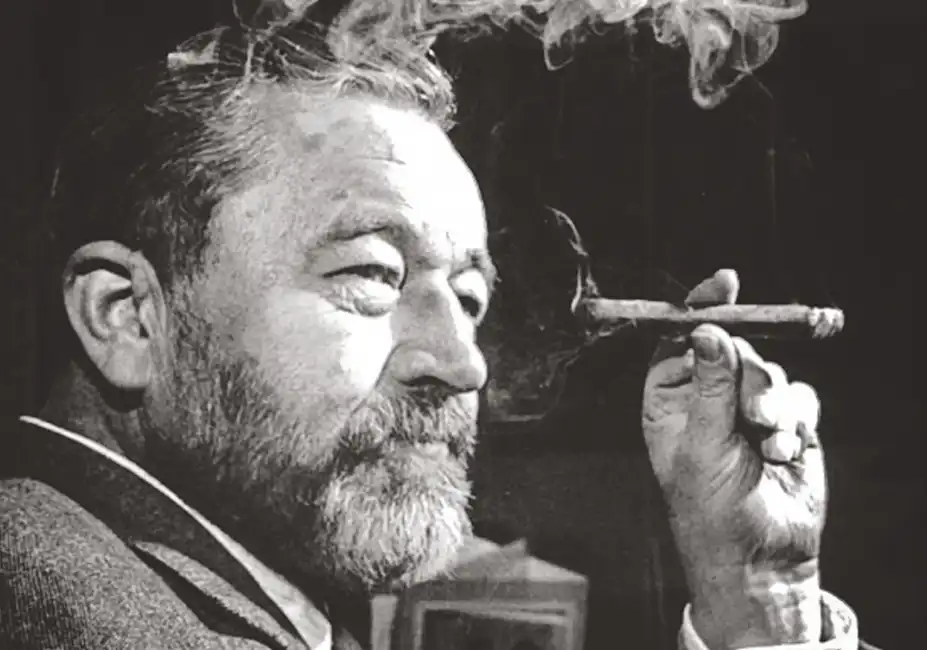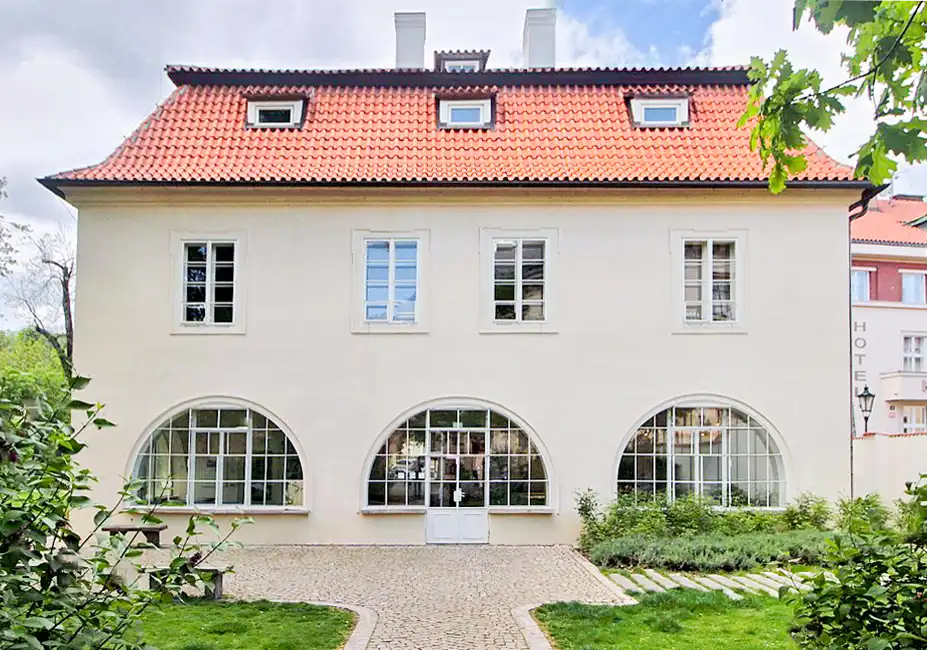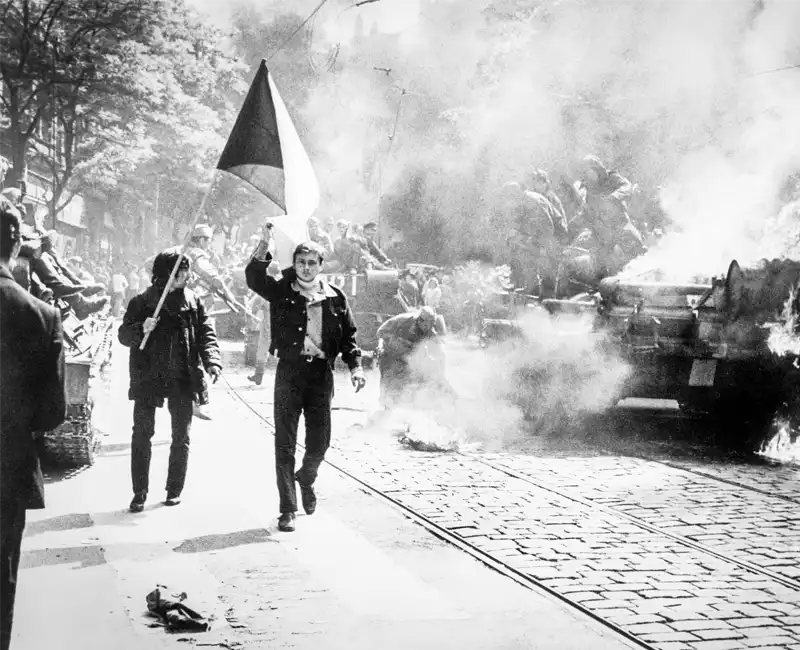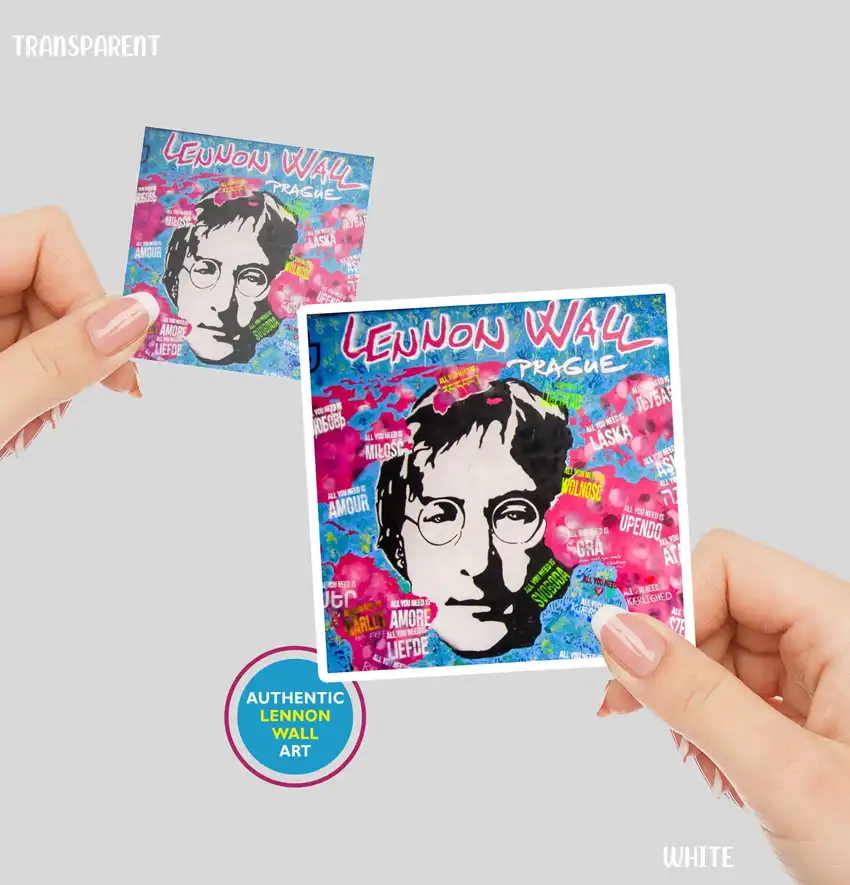Own a Piece of Prague’s History
Lennon Wall Shirt
🌈 Available in 13 vibrant colors
👕 Inclusive sizing: XS-5XLCelebrate creativity and the timeless spirit of John Lennon with this wearable artwork, straight from the heart of Prague.

Jan Werich: Legendary Icon of Czech Theatre and Film
His work, although limited by political and social circumstances, still inspires with its timelessness, humor, and humanism.
Jan Werich is one of the most important Czech actors of the 20th century, although his filmography remains relatively short. He came to prominence in the 1920s, when he and Jiří Voskovec founded the legendary Osvobozené divadlo. The duo charmed audiences with their original humor and satire, and their productions symbolized the avant-garde of the time.
In addition to the theatre, they also made four famous films: Powder and Petrol (1931), Money or Life (1932), Hey Rup (1934) and The World Belongs to Us (1937). The last two in particular, directed by Mac Frič, are among the treasures of Czech cinema.
During World War II, Voskovec and Werich emigrated to the USA. After their return in 1945, they tried to resume their work, but the political climate had changed. Voskovec went into a second emigration, while Werich remained in Czechoslovakia. Despite the difficult circumstances, Werich managed to shine again in the 1950s at the head of the ABC Theatre, where he collaborated with Miroslav Horníček to revive some of the plays of the Liberated Theatre.
On the cinema screen, Werich became most famous for his leading roles in the fairy tales The Emperor's Baker - The Baker's Emperor (1951), Once Upon a Time There Was a King (1955) and When the Cat Comes Home (1963). His charisma also brought to life smaller roles, for example in the film Baron Prášil (1961) or in the television series Pan Tau (1969), which was his last feature.

History of the Werich Villa
Werich Villa, also known as Dobrovský's House or Engel's Tannery, has a history of more than 450 years, closely linked to Kampa - a place traditionally used by craftsmen such as millers, tanners, gardeners and potters.
The first mention of today's Werich Villa dates back to 1580. In the second quarter of the 17th century, Servác Engel of Flanders, who was promoted to nobility for defending Prague against the Swedes, had a tannery here. In 1725, part of Kampa with the villa was acquired by the Nostic family, who closed the tannery and turned the area into a garden connected to the Nostic Palace.
In 1797, Bedřich Nostitz had the former tannery rebuilt by the architect Ignác Palliardi into a classical style. Josef Dobrovský, the tutor of the Nostitz family, then lived in the house. In 1840 a greenhouse was added, the northern wall of which has been preserved.
In the 20th century, the villa was used as municipal housing. After a major flood in 2002, which damaged the house, the City of Prague began to look for a new cultural use for the building. In 2015, the villa was leased to the Kampa Museum, which, under the leadership of Meda Mládková, sought to preserve the legacy of Jan Werich and Jiří Voskovec. The Jan and Meda Mládková Foundation also supported Czech culture by publishing books, such as the correspondence of Voskovec and Werich.
Werich's Villa now serves as a cultural centre, commemorating the artistic and historical heritage of Kampa and the personalities associated with it.
It takes only 2 minutes (150 m) to walk from the Lennon Wall to Werich Villa. You can find directions here.




